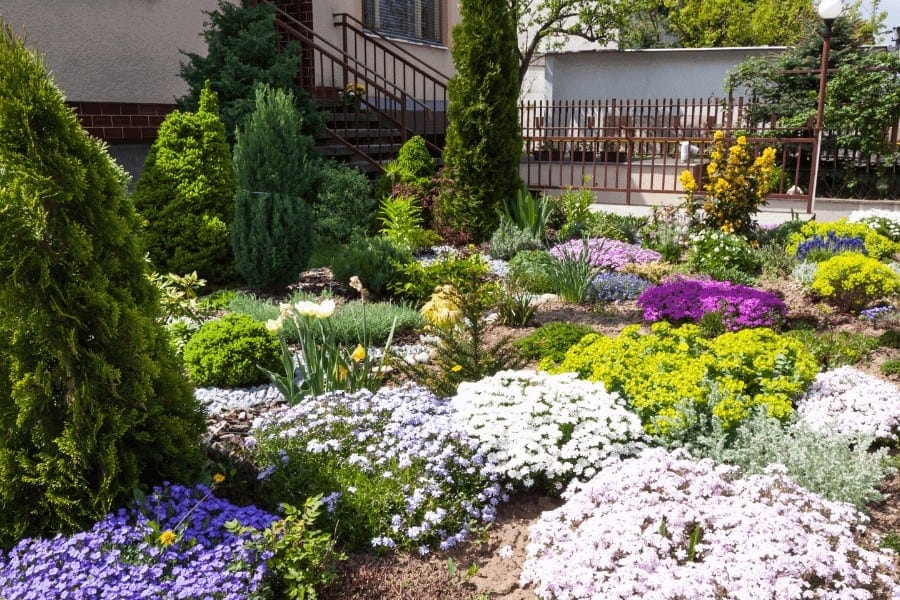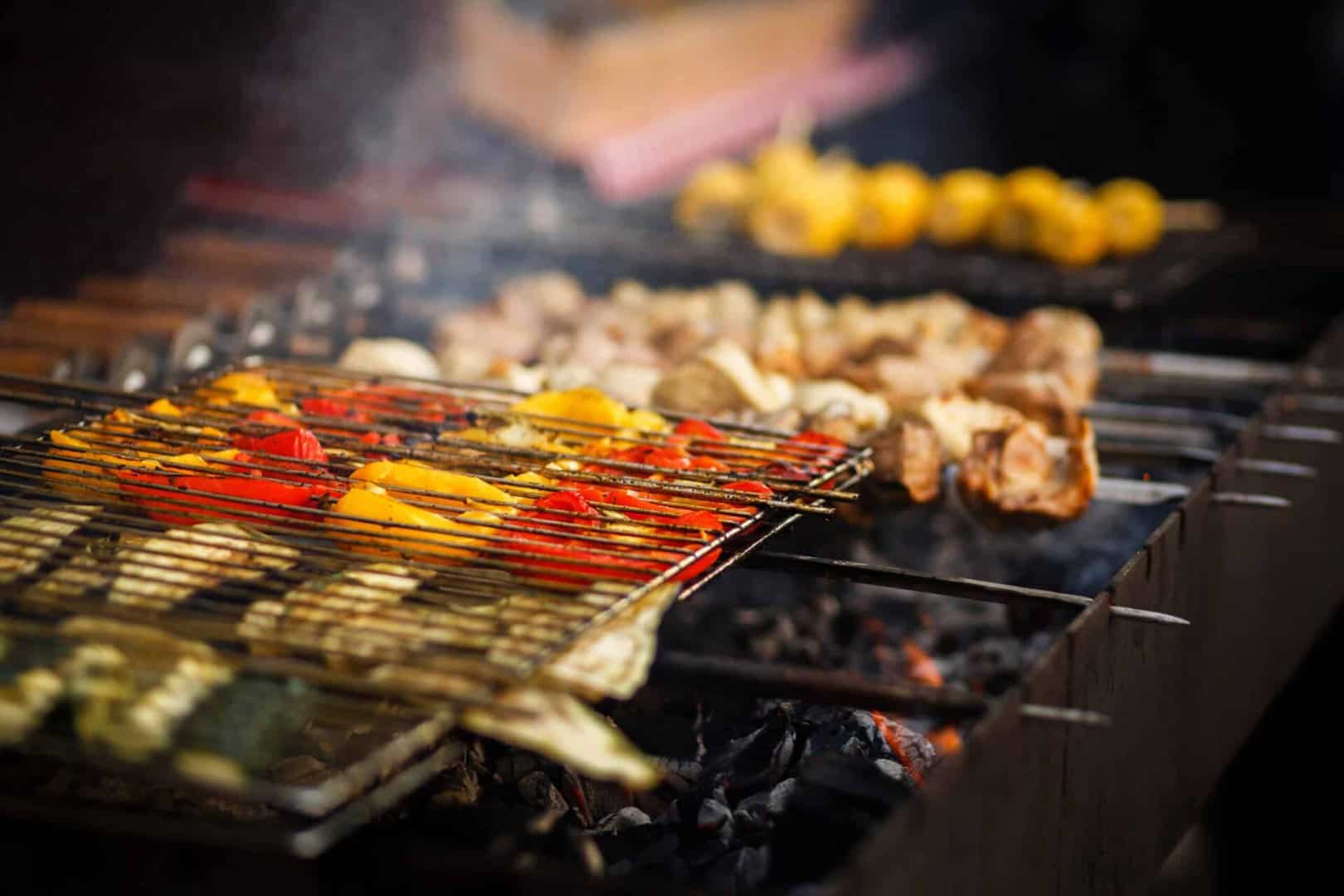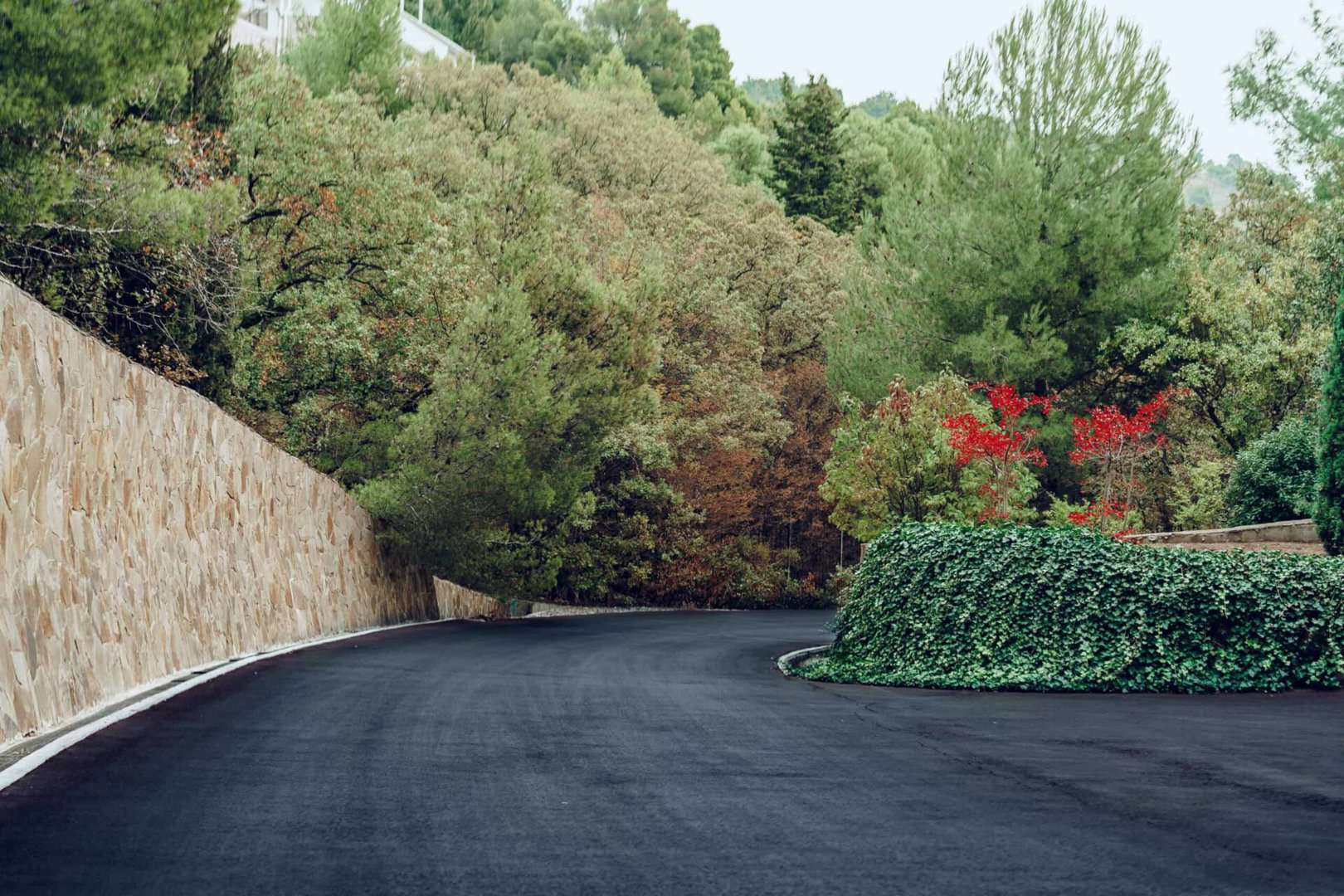Small bushes for landscaping play a vital role in creating a beautiful and functional outdoor space. They provide structure, color, and interest throughout the year, making them an excellent addition to any garden. With their manageable size and various forms, small bushes can significantly impact a property’s aesthetics and value, making them a popular choice among homeowners and landscape designers.
Factors to Consider When Choosing Small Bushes
A. Climate and Growing Conditions
Before selecting small bushes for your landscaping project, consider the local climate and specific growing conditions in your area. Choose plants that are well-suited to your region’s temperature, rainfall, and soil type to ensure their success.
B. Maintenance Requirements
Some bushes may require more care than others, such as regular pruning, watering, or pest control. Choose plants with maintenance requirements that match your lifestyle and gardening abilities.
C. Size and Growth Rate
Consider the mature size and growth rate of each bush when making your selection. Small bushes that grow slowly may be better suited for tight spaces or foundation plantings, while fast-growing varieties can quickly provide privacy or fill in large areas.
D. Purpose
Determine the primary purpose of each bush in your landscaping plan. This may include providing privacy, creating a focal point, defining borders, or attracting wildlife.
E. Flowering or Non-Flowering Varieties
Some small bushes produce beautiful flowers, while others are grown for their foliage. Consider whether you want a mix of flowering and non-flowering plants or a garden that primarily focuses on foliage.
F. Seasonal Interest
Choose bushes that offer interest throughout the year, including spring blossoms, summer foliage, fall color, or winter texture. This will ensure your landscape remains attractive even during the dormant months.
Different Types of Small Bushes for Landscaping
Evergreen Bushes
Boxwood: With its dense green foliage and slow-growing nature, boxwood is perfect for hedges or foundation plantings. Many dwarf varieties are available, making it a versatile choice for small gardens.
Dwarf Hinoki Cypress: This slow-growing evergreen shrub features attractive, fan-shaped foliage and a compact, pyramidal shape. It’s ideal for adding year-round interest to your landscape.
Japanese Holly: A low-maintenance evergreen shrub with small, glossy leaves that resemble boxwood. It’s deer-resistant and can be used for hedging or foundation planting.
Deciduous Bushes
Dwarf Lilac: This compact shrub produces fragrant pink or purple flowers in early summer, making it a popular choice for small gardens.
Weigela: With bright green foliage and trumpet-shaped flowers in shades of pink, red, or white, weigela adds a burst of color to your landscape.
Ninebark: This easy-care shrub features attractive peeling bark, clusters of white flowers in early summer, and vibrant fall foliage.
Flowering Bushes
Rhododendron: Available in many colors and sizes, rhododendrons produce showy flowers in the spring and offer evergreen foliage year-round.
Azalea: A close relative of rhododendrons, azaleas are known for their profusion of spring flowers in various colors, making them a popular choice for foundation plantings or woodland gardens.
Hydrangea: With large, round clusters of pink, blue, or white flowers, hydrangeas are perfect for adding a dramatic focal point to your garden.
Drought-Tolerant Bushes
Lavender: This fragrant herb produces spikes of purple flowers and is drought-tolerant, making it a great choice for water-wise gardens or xeriscaping.
Russian Sage: With its tall, wispy stems and small, lavender-like flowers, Russian sage is a low-maintenance and drought-tolerant option for creating a sense of movement in the garden.
Bluebeard: Also known as Caryopteris, this compact shrub produces clusters of blue flowers in late summer and early fall, attracting pollinators while requiring minimal water.
Shade-Tolerant Bushes
Japanese Pieris: This evergreen shrub thrives in partial to full shade and offers year-round interest with its leathery leaves, white or pink flowers, and red berries.
Yew: A slow-growing evergreen shrub, yew is ideal for shady spots and can be used for hedges or foundation plantings. Its dark green foliage and red berries add interest throughout the year.
Sweetspire: With its fragrant white flowers and brilliant fall foliage, sweetspire is a great choice for brightening up shady areas of your garden.
Fast-Growing Bushes
Forsythia: This deciduous shrub is one of the first to bloom in the spring, producing bright yellow flowers on arching branches. Its fast growth rate makes it perfect for creating privacy screens or filling in large spaces.
Butterfly Bush: As the name suggests, butterfly bushes attract a variety of pollinators with their fragrant, cone-shaped flowers that appear in shades of purple, pink, or white. These fast-growing shrubs can quickly fill in gaps in your landscape.
Spiraea: Available in various sizes and flower colors, spiraea is a fast-growing deciduous shrub that produces clusters of tiny flowers in spring or summer. It’s perfect for adding color and texture to your garden.
Tips for Planting and Caring for Small Bushes
Proper Planting Techniques
When planting small bushes, dig a hole twice as wide and as deep as the root ball. Amend the soil with compost if necessary, and ensure that the top of the root ball is level with the ground. Water thoroughly after planting.
Watering and Fertilization Requirements
Most small bushes will require regular watering, especially during the first year as they establish their root systems. Follow specific watering guidelines for each bush, as some may require more or less water than others. Fertilize your bushes according to their specific needs to ensure healthy growth and flowering.
Pruning and Trimming Tips
Proper pruning can help maintain the shape, size, and overall health of your small bushes. Prune at the right time of year for each specific plant, removing dead, damaged, or diseased branches. Lightly trim to maintain shape and promote healthy growth.
Combining Small Bushes with Other Landscaping Elements
Incorporate small bushes into your landscape design by combining them with other plants, such as perennials, grasses, or larger shrubs, as well as hardscaping elements like pathways, walls, or patios. This will create a cohesive and visually appealing outdoor space.
All County Landscape-Hardscape
All County Landscape-Hardscape is a leading expert in landscaping and selecting the right small bushes for your garden. Contact them for a consultation to transform your outdoor space with beautiful small bushes that will thrive in your specific environment. Call today and let their expertise guide you in creating a stunning and functional landscape.




